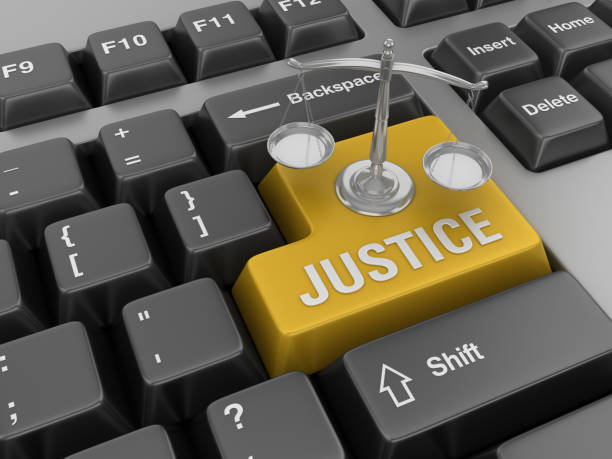
In the April 28, 2020 edition of the Globe and Mail, Christine Dobby writes about how the Courts have finally been forced to embrace technology as a result of COVID 19 and how there is no going back to the way things were before. Courts simply will not be allowed to go back business as usual.
Ironically, certain changes to keep people out of courthouses have actually improved Access to Justice.
Ironically, certain changes to keep people out of courthouses have actually improved access to Justice. The days of physically showing up in court on a monthly basis to maintain jurisdiction over an accused have been rendered obsolete, in favor of electronic appearances. Similarly, our forests will welcome the end of filing reams of paper in the form of cases, transcripts and legal briefs. Judicial resources are scarce and allowing consent applications to occur over telephone or video conference can maximize those resources once again improving the access to Justice.
Courts play an important role in peoples’ lives whether it be securing the liberty of an accused, an order for spousal support or a parent securing an order for child access. During the COVID 19 shutdown, we have minimized the contested evidence that courts hear and, when evidence is necessary, it has been presented over telephone or video confernce. This is necessary at this time of crisis and should continue while the Courts have been closed to maintain physical distancing. The question is to what extent should these electronic procedures continue once the current emergency passes?
I am a supporter of increased use of technology in my practice, having run a “paperless practice” for several years now. I am a huge fan of electronic disclosure being downloaded, rather than having to attend in court simply to pick up a stack of papers. Similarly, I welcome being able to dial in to interim court appearances, rather than driving for hours for a 5 minute appearance (which brings dozens of people into court simply to be remanded to a new date). I am gratified we can now email our application materials to the Crown and Courts rather than having to file multiple paper copies.
The question is how far should Courts go in adopting technology?
During COVID 19 our Courts have been forced to adopt commonplace technology making processes more streamlined and efficient, which is good. The question is how far should Courts go in adopting technology? For over 20 years, the Criminal Code of Canada has provided for remote appearances. Bill C-75, which was proclaimed in force in June of last year, significantly codified and expanded the use of technology in Courts. Technically speaking, with the exception of jurors, everyone: judge, accused, lawyers and witnesses can appear via audio or video conference. Allowing all these parties to appear via video or audio link would be efficient. Certainly it would minimize inconvenience to witnesses who would not have to take a whole day to come to the Courthouse in person. Similarly, leaving an accused in jail to participate via video conference would cut down on costs of transportation and security. If the technology that we are using now has allowed the courts to function efficiently during this time of crisis, should we not continue to incorporate it more?
I am a firm believer that “justice” requires people to physically interact. I am a believer that the ceremonies surrounding our judicial institutions are not simply pomp and circumstance. They are designed to bring home the fact that judicial matters are important to the parties. Determining if an individual should be deprived of his or her liberty and publicly branded a criminal is a serious matter, as is the determination if a parent should be able to see his or her children or whether a victim of an accident deserves compensation. The importance of these matters do not always get conveyed if you only see and hear people through a screen and speaker.
we should not allow the convenience of technology during this crisis to replace the human interaction that is the cornerstone of the Administration of Justice
Technology is a tool that has been lacking in our Courts for too long. It is a shame that it took a worldwide pandemic to drag them into the 21st century. However, we should not allow the convenience of technology during this crisis to replace the human interaction that is the cornerstone of the Administration of Justice.
